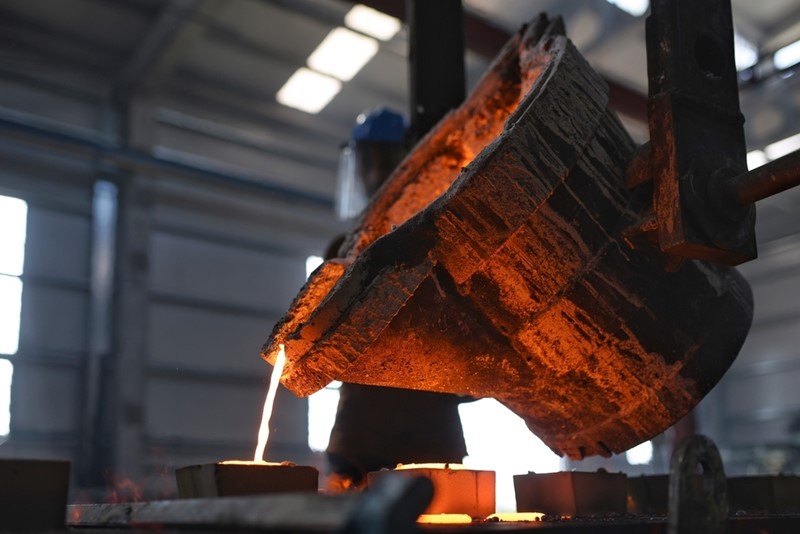
Cost Complications in Clay, Refractory, and Ceramics Manufacturing
Clay and refractory building materials and ceramics manufacturing saw hard-fought growth of 2.7 percent annually from 2011 to 2016, according to IBISWorld, despite turbulence experienced by its industrial customers and a post-recession housing market. However, financial successes of the past may not last long. In the coming years, the sector will undergo cost challenges from all angles, internal and external alike.
Rising energy costs may trigger asset investments
Like other building materials manufacturers, clay production consumes a considerable amount of energy and pays handsomely as a result. According to Ceramic Industry Magazine, $0.30 of every dollar spent on manufacturing in this sector goes toward electricity or natural gas expenditures. Thankfully, natural gas prices fell after 2014 and have stayed low through 2016. Clay and refractory, in turn, has had time to weigh the consequences of its energy usage without an overbearing threat of financial instability or even the environmental regulations coal users like cement have confronted.
But those days may be numbered according to natural gas forecasts from the Energy Information Administration. The agency projects natural gas prices will return to 2014 levels between 2017 and 2020. Prices for natural gas moving forward will still be lower than prices at the start of the 21st century or in the 1990s, but the volume at which clay and refractory consumes natural gas, not to mention electricity, may put pressure on tight budgets nonetheless.
What could this drive this industry to do? Low prices haven’t stopped U.S. natural gas from producing at full steam. Industrial businesses from all sectors have begun buying up energy reclamation technology that recycles wasted heat otherwise lost during production. Will clay and ceramics be the next to invest? Again, that depends on how badly energy costs hurt in 2017.
Market concentration and fluctuation among key consumers
Success in clay products and refractory manufacturing depends on the economic activity of related industries such as steel, glass, and construction. So how have these industries performed lately?

Declining steel production affect refractory manufacturing greatly.
Production losses in steel have been a major sticking point for ceramics. In 2015, American mills shipped 12 percent less domestically than they did in 2014, according to industry research from Thomas John Gibson, president and CEO of the American Iron and Steel Institute, and Chuck Schmidt, president of SSAB International and AISI board member. While sluggish construction rates or a U.S. preference for imported materials might be the causes behind this decrease, there is only one effect on ceramics: fewer refractories built for these mills, a considerable source of revenue for many businesses in this sector. Worse still, loss of competition in metals naturally drives clay producers to lower their prices. According to Dun & Bradstreet Company, the top 50 businesses in the U.S. industrial sector generate 65 percent of the revenue. Further concentration without intervention from government agencies may irreversibly impact clay manufacturing in America.
A projected bump in construction growth in 2017 could ease the financial pain, but only if it actually comes true. Uncertainty surrounding new political leadership in the U.S. and a wide employment gap spell trouble for construction and, by proxy, ceramics. In the years leading up to and following the most recent recession, 40 percent of construction jobs disappeared, according to The Wall Street Journal. In any substantial way, those jobs have yet to return. Government investment in infrastructure might bring them back and convince a new generation of millennial workers to pick up their hard hats. But until moves are made, ceramics will remain cautiously optimistic.
Clay, refractory, and ceramics manufacturers that focus on optimizing production, reducing waste and standardizing workflows have the power to respond to times of financial worry with agility and intelligence. Want to know more about how USC Consulting Group assists businesses as they audit their processes? Visit our industries page for additional information.





